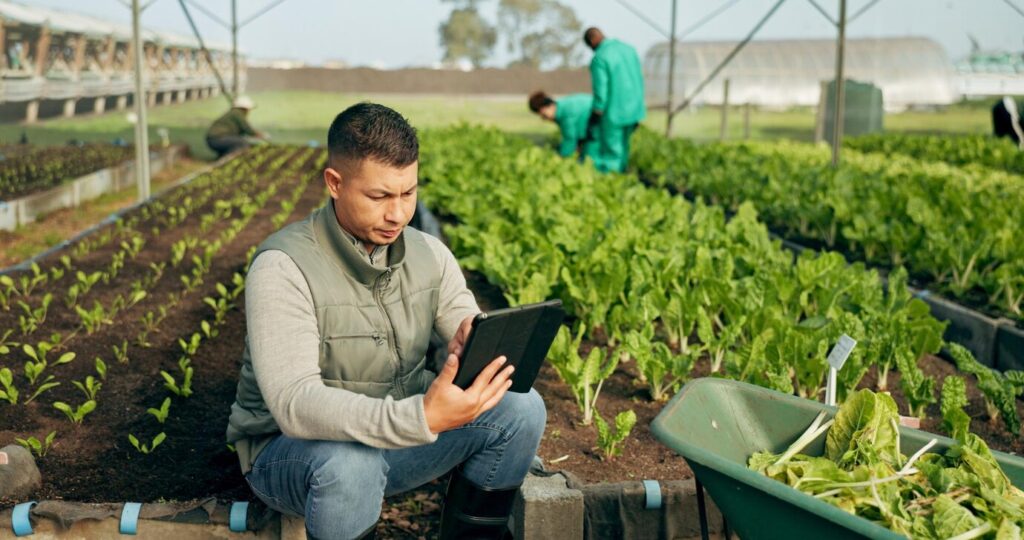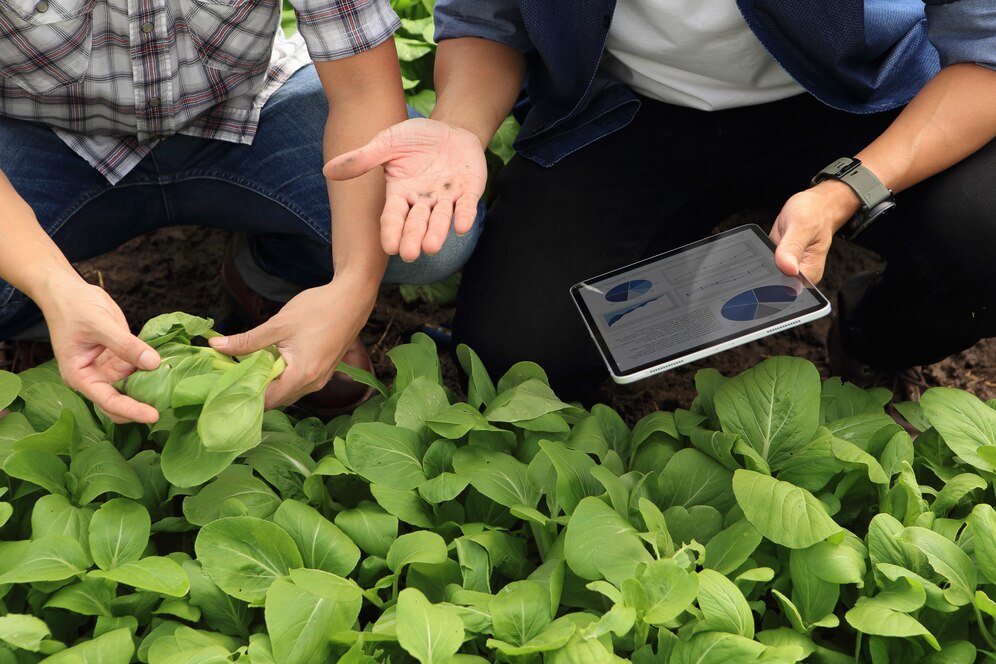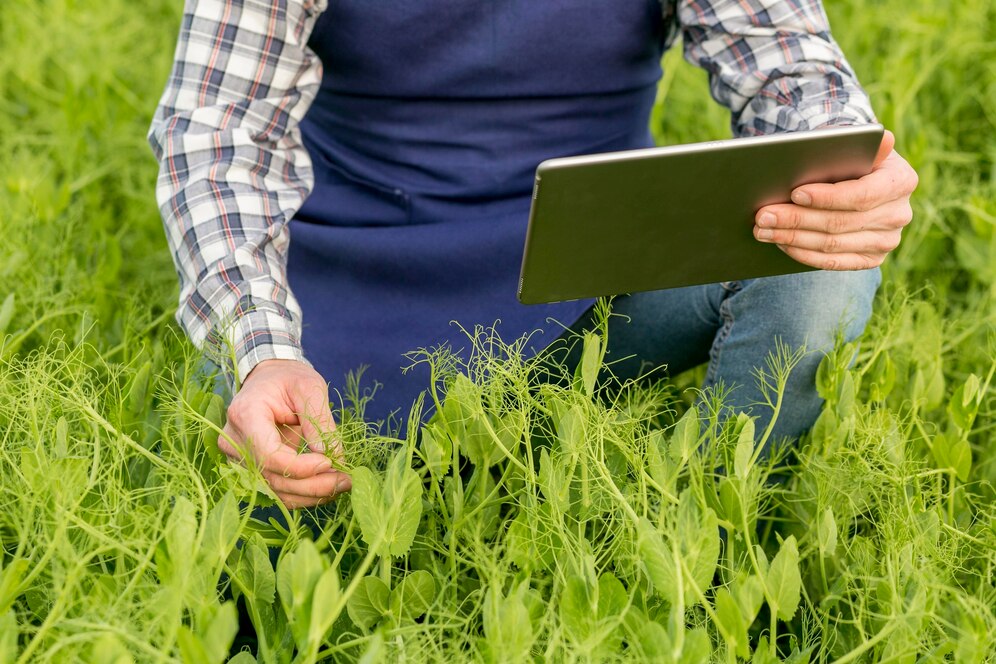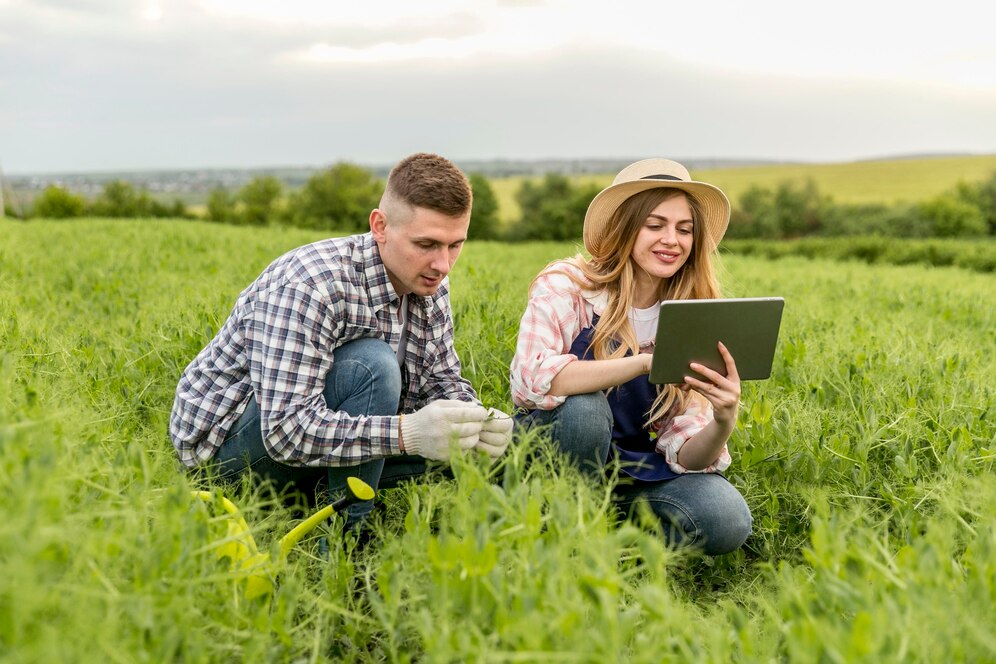Table of Contents
How to integrate technology with traditional farming is no longer just a question for the future — it’s something every farmer should consider today. Technology can help farmers improve their crops, save time, and even reduce costs. By mixing the old ways with new tools, farming can become much more efficient and sustainable.
If you’re wondering how to integrate technology with traditional farming, you’re in the right place. This guide will walk you through practical and easy-to-understand steps on how you can use modern tech to boost your farm’s productivity without losing the traditional farming methods that have worked for generations.
How to Integrate Technology with Traditional Farming: Understanding the Basics
In today’s farming world, knowing how to integrate technology with traditional farming is essential for success. While traditional farming methods have served farmers well for generations, technology can help make farming more efficient and sustainable. Technology allows farmers to make smarter decisions based on real-time data, saving time and resources.
Farmers can benefit from the latest tools, like automated tractors, drones, and sensors that can monitor crop health and soil conditions. These technologies don’t replace traditional farming, but they enhance it. When used together, both approaches can lead to better crop yields and lower costs.
The key is finding the right balance. By integrating new tech with proven farming techniques, farmers can make farming easier, increase productivity, and protect the environment. These changes might take time to learn, but with small steps, farmers can improve their operations and compete in today’s market.
Why Farmers Should Learn How to Integrate Technology with Traditional Farming

Farmers who learn how to integrate technology with traditional farming can make their operations more efficient. Technology helps with tasks like planting, watering, and harvesting, making everything faster and more accurate. By using tech, farmers can reduce the need for extra labor and make fewer mistakes.
Another reason is sustainability. Using smart tech like precision irrigation can save water and reduce the use of harmful chemicals. When farmers use data to make informed decisions, they waste fewer resources. This not only saves money but also helps protect the environment for future generations.
Integrating technology also improves decision-making. Farmers can monitor crops with sensors or check the weather with satellite technology, helping them plan ahead. With these tools, they can make better choices about when to plant, water, or harvest.
Step-by-Step Guide: How to Integrate Technology with Traditional Farming on Your Farm
To begin learning how to integrate technology with traditional farming, it’s important to take small steps. First, assess your farm and decide where technology can help. If you already use machinery, upgrading it with GPS or sensors can improve its performance and save time.
Next, consider using farm management software. This software helps farmers track everything from inventory to finances. It can also give insights into which crops are doing well and which might need more attention.
Start using sensors for soil moisture or weather patterns. These can provide real-time information about crop health, helping you make better decisions about irrigation and fertilization. As you learn, you can explore more advanced tools, like drones or AI, that can help you even further.
How to Integrate Technology with Traditional Farming for Better Efficiency and Productivity

When learning how to integrate technology with traditional farming, one of the main goals is increasing efficiency. Technology helps farmers save time by automating tasks like planting, watering, and harvesting. For example, automated tractors can plow fields without much effort, and smart irrigation systems adjust watering schedules to prevent water wastage.
In addition to saving time, technology also improves productivity. Using precision agriculture, farmers can monitor and manage their crops in more detail. With GPS and sensors, farmers can detect soil conditions, monitor crop growth, and even predict pest problems before they happen.
These tools help farmers make decisions based on data rather than guesswork. The more information you have, the better decisions you can make. By integrating technology, farmers can ensure that their resources, like water and fertilizer, are used more effectively, leading to healthier crops and higher yields.
How to Integrate Technology with Traditional Farming and Reduce Environmental Impact
One of the best ways to use technology in farming is to reduce environmental impact. By learning how to integrate technology with traditional farming, farmers can use eco-friendly methods to protect natural resources. Precision farming, for example, allows farmers to apply fertilizers and pesticides only where they are needed, cutting down on waste.
Smart irrigation systems are another great tool for saving water. These systems use sensors to measure soil moisture and only water crops when necessary. This helps conserve water, which is especially important in areas where water is limited.
Technology also helps farmers reduce soil erosion and maintain healthy soil. Drones and sensors can help farmers monitor crop health and soil conditions, giving them the information they need to take action before problems arise. This approach makes farming more sustainable and helps preserve the land for future generations.
The Role of Data in How to Integrate Technology with Traditional Farming

Data is a powerful tool when learning how to integrate technology with traditional farming. With the right data, farmers can make smarter decisions and improve their farming practices. Sensors, drones, and satellite imagery provide real-time information about crop health, weather patterns, and soil conditions.
Farmers can use this data to monitor their crops more closely. For example, knowing exactly when the soil is dry allows farmers to water only the necessary areas, which saves water and money. Similarly, data can help farmers predict when pests might arrive, giving them time to take action before a full infestation occurs.
Farm management software can also collect and analyze data, giving farmers insights into things like crop yield and financial performance. With all this information, farmers can make decisions that not only improve productivity but also ensure long-term sustainability.
Success Stories: Farmers Who Successfully Integrated Technology with Traditional Farming
Farmers around the world are successfully learning how to integrate technology with traditional farming. Many small and medium-sized farms have found that using technology makes their work easier and more productive. For instance, a farm in California used drones to monitor crop health and saved time and resources by applying fertilizers only where needed.
In Australia, farmers have used precision irrigation to conserve water, cutting down on waste and saving money. These farmers use sensors to measure soil moisture, ensuring that crops get exactly the right amount of water.
By using these technologies, these farmers have seen improved yields and lower operating costs. Their success stories show how technology can enhance traditional farming practices and create a more efficient and sustainable future for farming.
Conclusion
Learning how to integrate technology with traditional farming is a great way to improve your farm’s efficiency and productivity. By using tools like smart irrigation, sensors, and drones, farmers can save time, use fewer resources, and grow healthier crops. Technology doesn’t replace the old ways but helps make farming better and more sustainable.
As you start integrating technology into your farm, remember that small changes can lead to big improvements. Whether it’s using farm management software or precision farming, each step you take will help you make smarter decisions and protect the environment. Embracing these new tools can ensure your farm’s success for years to come.
FAQs
Q: What is the first step to integrating technology with traditional farming?
A: The first step is to assess your current farming practices and identify areas where technology can help, such as using sensors for soil moisture or upgrading equipment with GPS.
Q: How does technology improve farm productivity?
A: Technology helps automate tasks like planting and harvesting, reduces waste, and allows farmers to make data-driven decisions, leading to higher yields and better resource management.
Q: Can technology help save water on farms?
A: Yes, smart irrigation systems use sensors to monitor soil moisture and adjust watering schedules, saving water and reducing waste.
Q: Is technology expensive for small farmers?
A: While some technologies can be costly, there are affordable solutions, like farm management software or basic sensors, that can provide great value to small farmers.
Q: How can drones help in farming?
A: Drones can monitor crop health, check for pest issues, and collect data on field conditions, helping farmers make informed decisions quickly and accurately.
Q: What is precision agriculture?
A: Precision agriculture uses GPS, sensors, and data analytics to monitor and manage crops more precisely, minimizing resource waste and improving crop quality.


